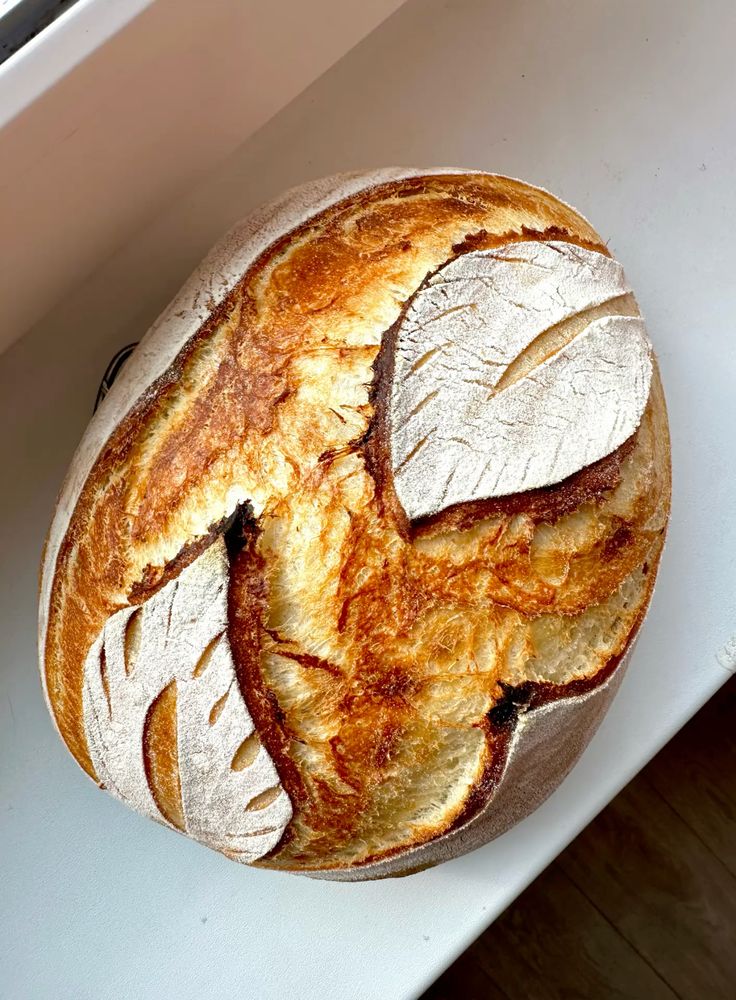Baking bread at home is a rewarding experience that combines chemistry, patience, and creativity. The process starts with choosing the right flour; high-protein bread flour provides structure, while all-purpose flour yields softer bread. Yeast, either active dry or instant, ferments sugars, producing carbon dioxide that makes dough rise. Kneading develops gluten, which traps gases and gives bread its chewy texture. Hydration is critical; too much water leads to sticky dough, too little results in dense bread. Temperature and time affect fermentation—warmer environments speed up yeast activity, while cooler temperatures slow it down, allowing complex flavors to develop. Shaping the dough is an art, whether forming loaves, baguettes, or rolls. Scoring the surface before baking controls expansion and creates beautiful patterns. Baking in a hot, humid oven encourages crust development and a soft, airy interior. Bread-making techniques vary globally, from sourdough starters to enriched doughs like brioche. The aroma of freshly baked bread, its golden crust, and tender crumb embody comfort and tradition. Home bread-making nurtures skills, mindfulness, and a deep appreciation for this staple food.

